1. Flow Rate
When choosing a GPM (gallons per minute) for your bathroom sink, the first thing to consider is the flow rate. This refers to the amount of water that comes out of the faucet per minute. The standard flow rate for bathroom sinks is 1.5 to 2.2 GPM, but you may want to consider a lower flow rate for water conservation purposes.
2. Water Pressure
The water pressure in your home can also affect the performance of your bathroom sink faucet. If you have low water pressure, you may want to choose a faucet with a higher GPM to ensure a strong stream of water. On the other hand, if you have high water pressure, a lower GPM may be more suitable to prevent splashing.
3. Faucet Type
There are various types of bathroom sink faucets available, including single handle, double handle, and touchless. Each type has its own benefits and it ultimately comes down to personal preference. Single handle faucets are often more convenient and easier to use, while double handle faucets offer more temperature control. Touchless faucets are also gaining popularity for their hands-free operation.
4. Sink Size
The size of your sink is another important factor to consider when choosing a GPM for your bathroom sink. Larger sinks may require a higher GPM to ensure sufficient water flow, while smaller sinks may be better suited for a lower GPM to prevent splashing. It's important to choose a faucet that is compatible with the size of your sink for optimal performance.
5. Water Efficiency
In today's world, water conservation is becoming increasingly important. Choosing a low flow GPM for your bathroom sink can help reduce water usage and save you money on your water bill. Look for faucets with the WaterSense label, which indicates that they meet water efficiency standards set by the Environmental Protection Agency.
6. Spout Height
The height of the spout on your bathroom sink faucet can also make a difference in your overall experience. A higher spout can be more convenient for filling tall containers, while a lower spout may be more suitable for smaller sinks. Consider your needs and preferences when deciding on the spout height for your faucet.
7. Handle Type
The type of handle on your bathroom sink faucet can also impact your experience. Knob handles offer a classic look and are easy to grip, while lever handles are more modern and may be easier to use for those with limited hand mobility. Think about what type of handle would be most comfortable and convenient for you.
8. Installation Type
Another important consideration is the installation type of your bathroom sink faucet. Some faucets are designed for single-hole installation, while others require multiple holes. Make sure to check the installation requirements of the faucet you are considering to ensure it is compatible with your sink.
9. Brand
When it comes to bathroom sink faucets, the brand can play a significant role in the quality and performance of your faucet. Choose a reputable brand that offers a warranty and has positive reviews from customers. This will ensure that you are getting a durable and reliable faucet for your bathroom sink.
10. Budget
Last but certainly not least, your budget will play a role in the GPM you choose for your bathroom sink faucet. While it's important to invest in a high-quality faucet, there are options available at various price points. Determine your budget and look for faucets with the features and GPM that fit within your range.
Ultimately, the best GPM for your bathroom sink faucet will depend on your individual needs and preferences. Consider all of these factors when making your decision and choose a faucet that will provide you with the best performance and satisfaction for your daily use. And don't forget to regularly maintain and clean your faucet to ensure it continues to function properly and efficiently.
What GPM is Best for Bathroom Sink: Finding the Perfect Flow Rate

Understanding the Importance of GPM
The Ideal GPM for Bathroom Sink
 When it comes to choosing the best GPM for your bathroom sink, there is really no one-size-fits-all answer. It ultimately depends on your personal preferences and needs. However, as a general guideline,
1.5 to 2.2 GPM
is considered the ideal flow rate for a standard bathroom sink. This range provides a good balance between water usage and flow rate, allowing for efficient water consumption without sacrificing functionality.
But there are also other factors to consider when determining the best GPM for your bathroom sink. For example,
the size of the sink and the type of faucet
can also affect the flow rate. A larger sink may require a higher GPM to ensure proper water coverage, while a smaller sink may be better suited with a lower GPM.
When it comes to choosing the best GPM for your bathroom sink, there is really no one-size-fits-all answer. It ultimately depends on your personal preferences and needs. However, as a general guideline,
1.5 to 2.2 GPM
is considered the ideal flow rate for a standard bathroom sink. This range provides a good balance between water usage and flow rate, allowing for efficient water consumption without sacrificing functionality.
But there are also other factors to consider when determining the best GPM for your bathroom sink. For example,
the size of the sink and the type of faucet
can also affect the flow rate. A larger sink may require a higher GPM to ensure proper water coverage, while a smaller sink may be better suited with a lower GPM.
Benefits of Choosing the Right GPM for Your Bathroom Sink
 Choosing the right GPM for your bathroom sink can have several benefits. First and foremost, it helps to conserve water and reduce your water bill. By opting for a lower GPM, you can significantly decrease the amount of water used in your bathroom, which is not only better for the environment but also for your wallet.
In addition, the right GPM can also improve your overall bathroom experience.
A higher GPM can provide a more powerful and faster flow, making it easier to wash your hands or fill up a water container.
On the other hand, a lower GPM can provide a gentler flow, which is ideal for activities such as brushing your teeth or washing your face.
Choosing the right GPM for your bathroom sink can have several benefits. First and foremost, it helps to conserve water and reduce your water bill. By opting for a lower GPM, you can significantly decrease the amount of water used in your bathroom, which is not only better for the environment but also for your wallet.
In addition, the right GPM can also improve your overall bathroom experience.
A higher GPM can provide a more powerful and faster flow, making it easier to wash your hands or fill up a water container.
On the other hand, a lower GPM can provide a gentler flow, which is ideal for activities such as brushing your teeth or washing your face.
Conclusion
 In conclusion, choosing the best GPM for your bathroom sink is a crucial aspect of house design. It not only affects the functionality and efficiency of your sink but also has an impact on your water usage and bill. By understanding the importance of GPM and considering factors such as sink size and faucet type, you can determine the ideal GPM for your bathroom sink that meets your needs and preferences. So when it comes to designing your dream bathroom, don't overlook the importance of finding the perfect flow rate for your sink.
In conclusion, choosing the best GPM for your bathroom sink is a crucial aspect of house design. It not only affects the functionality and efficiency of your sink but also has an impact on your water usage and bill. By understanding the importance of GPM and considering factors such as sink size and faucet type, you can determine the ideal GPM for your bathroom sink that meets your needs and preferences. So when it comes to designing your dream bathroom, don't overlook the importance of finding the perfect flow rate for your sink.





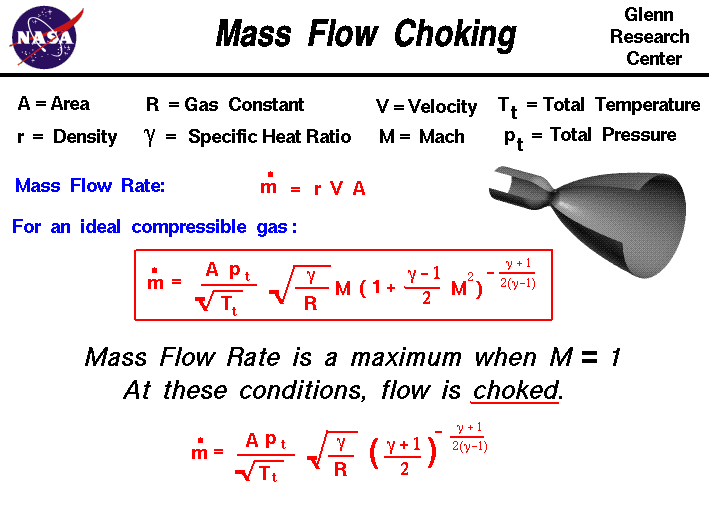
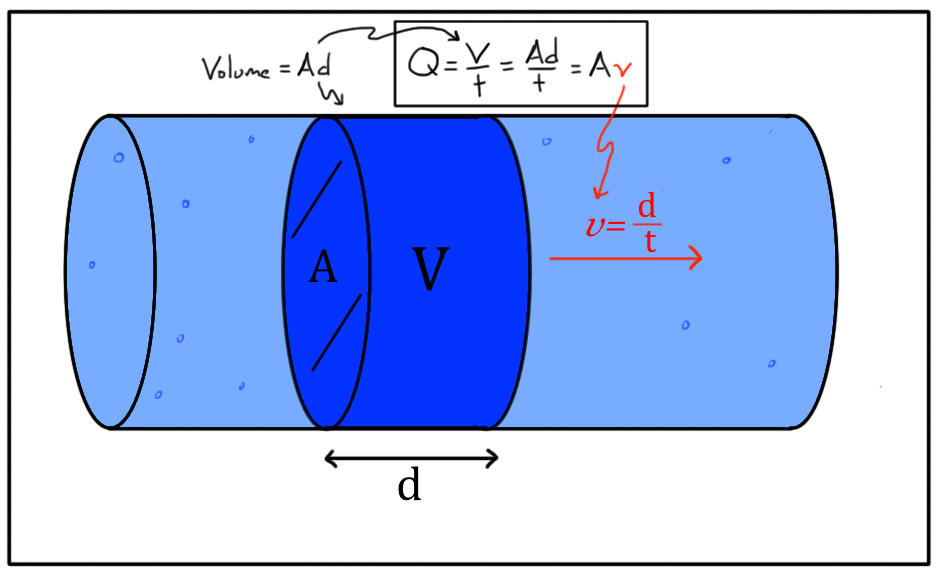




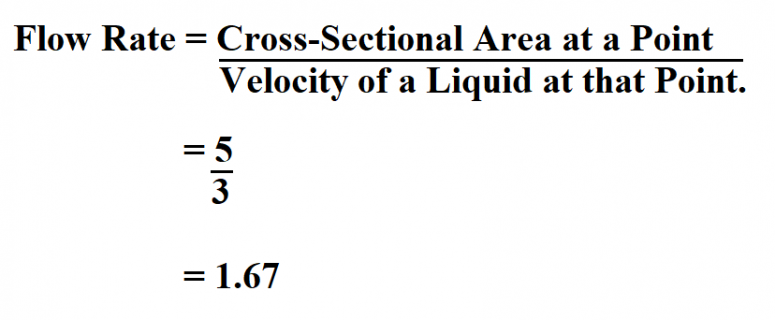



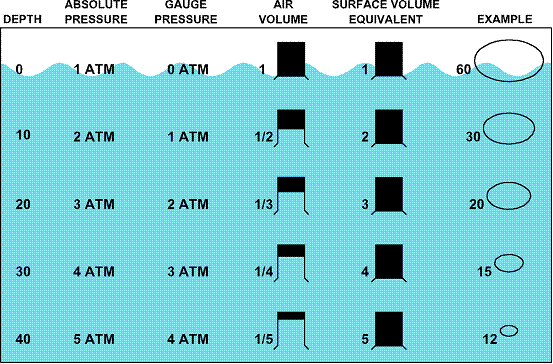
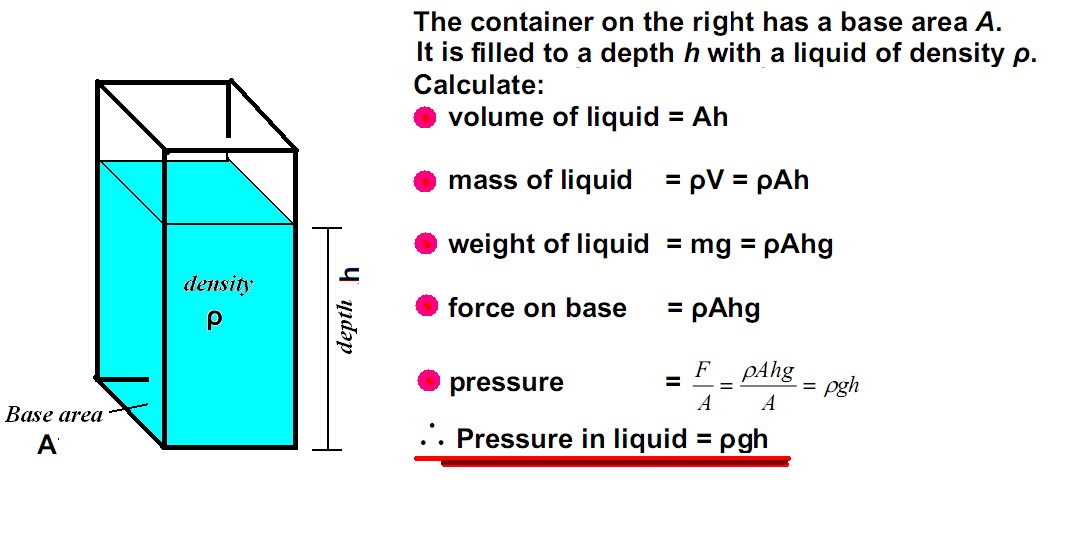



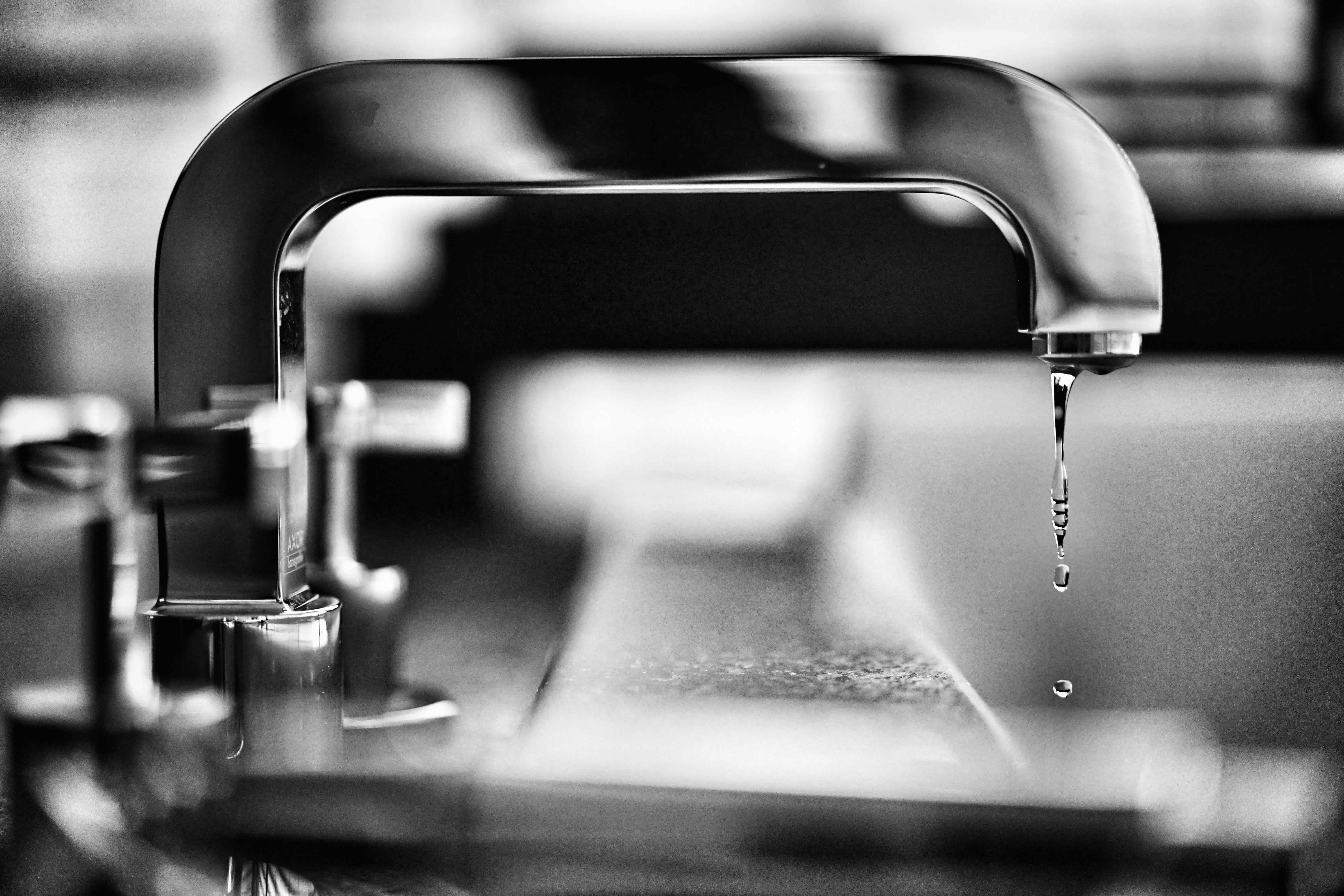
:max_bytes(150000):strip_icc()/home-water-pressure-problems-2718730-v4-3639a1eeda0945239e64b0fe6b6d3401.gif)

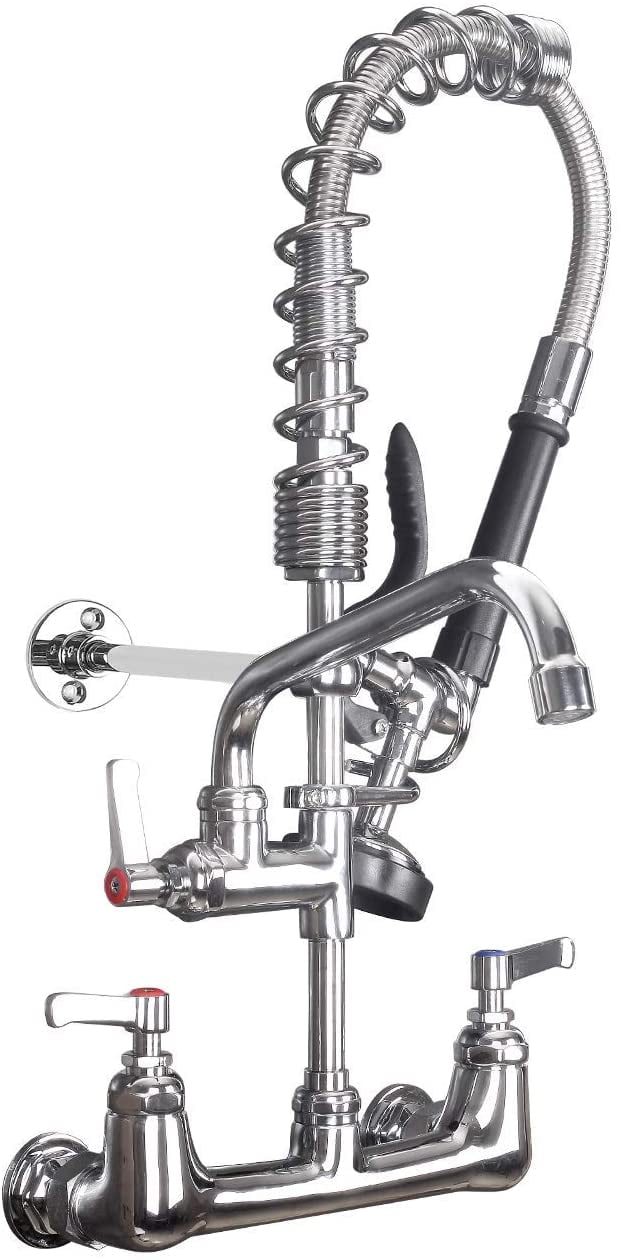

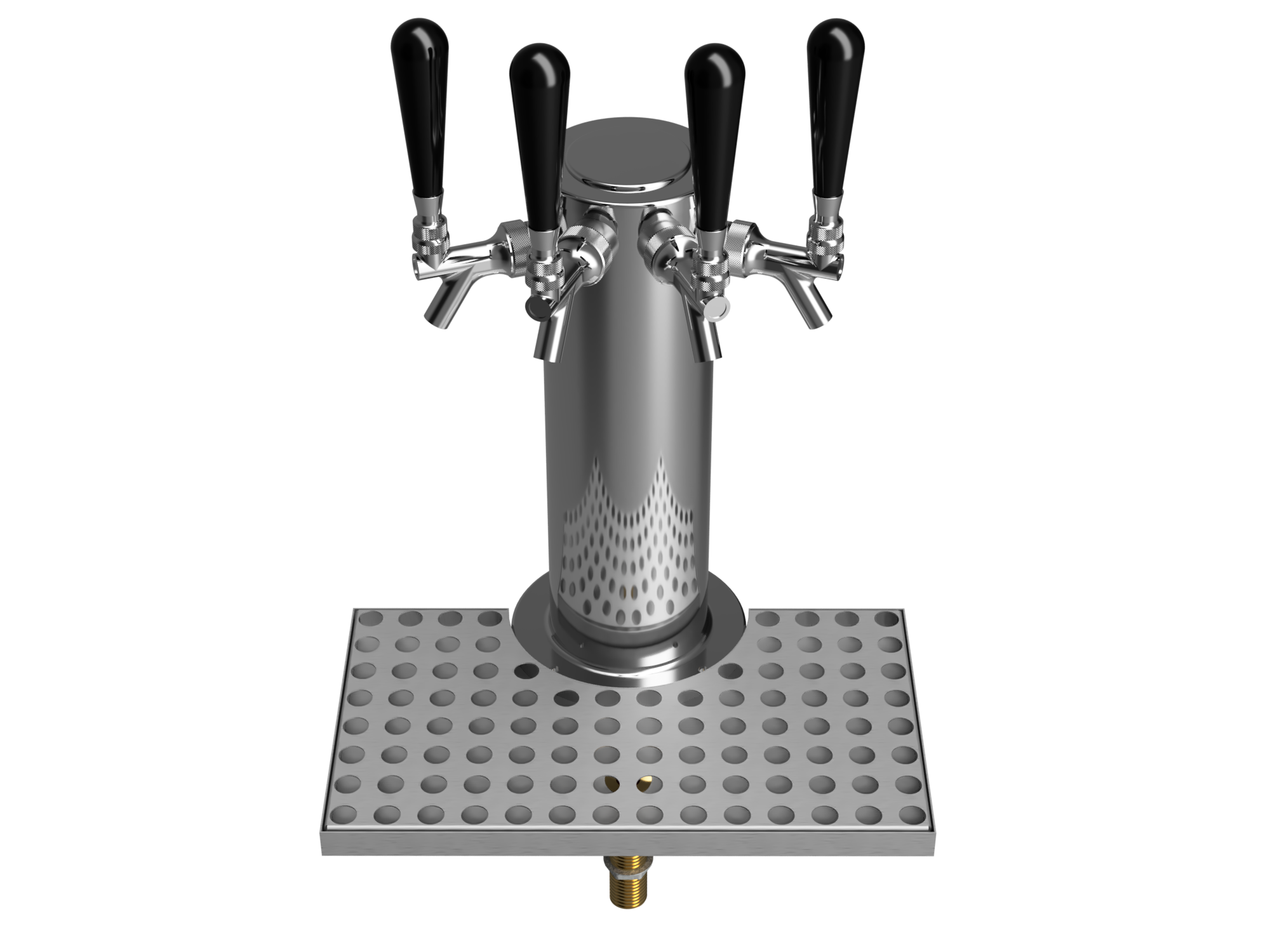





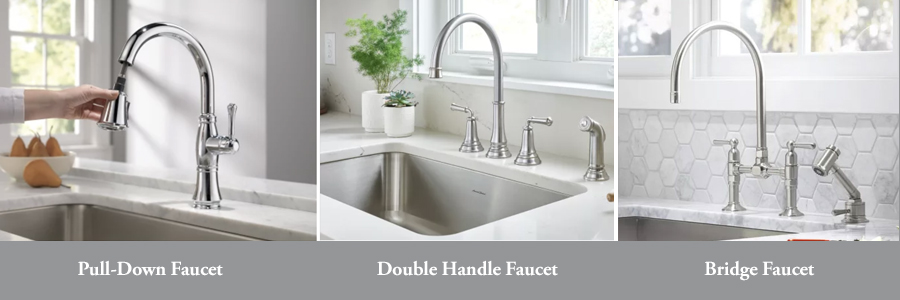

:max_bytes(150000):strip_icc()/stainless-steel-kitchen-faucet-150207662-580530da5f9b5805c20b4f9d.jpg)



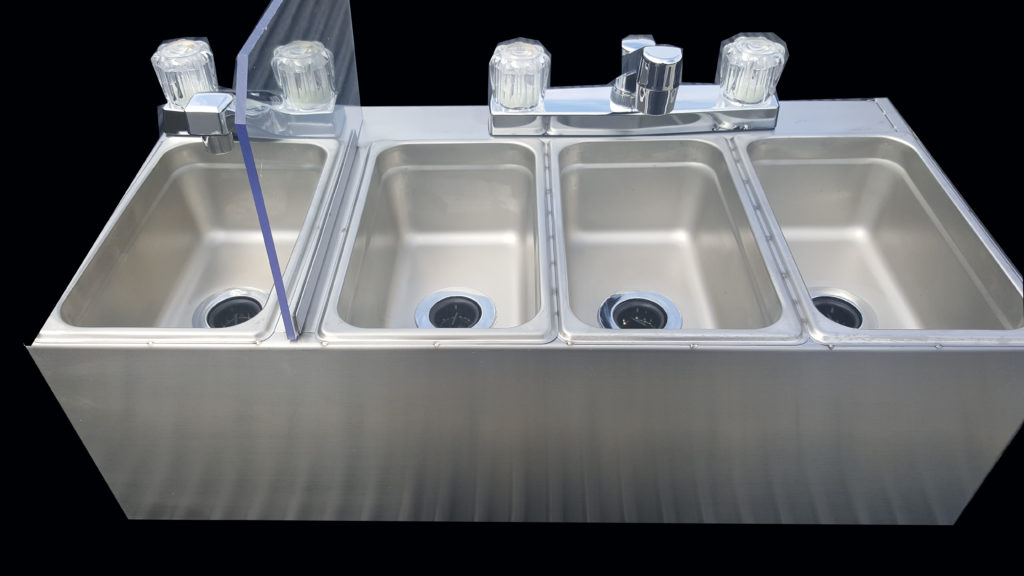
















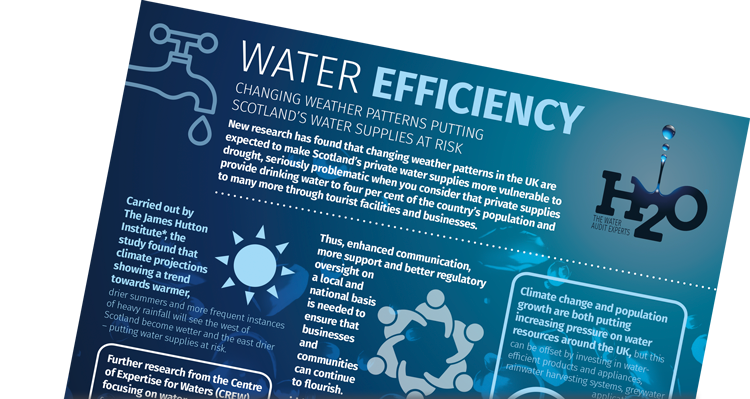











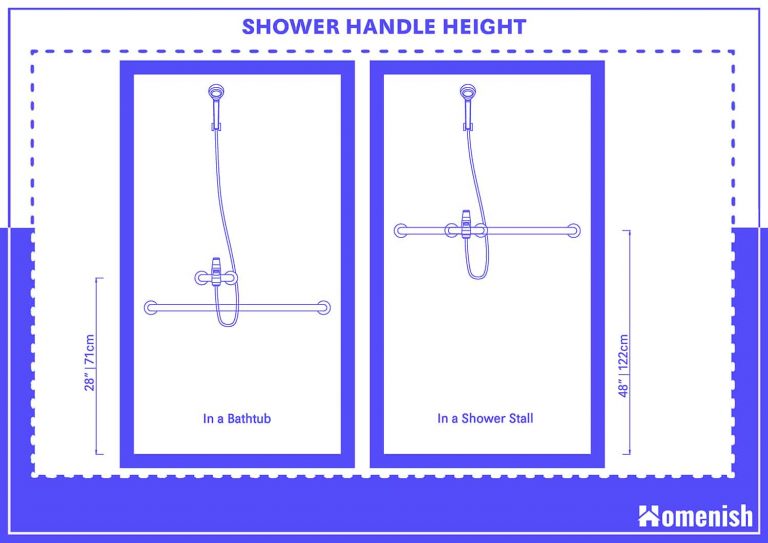
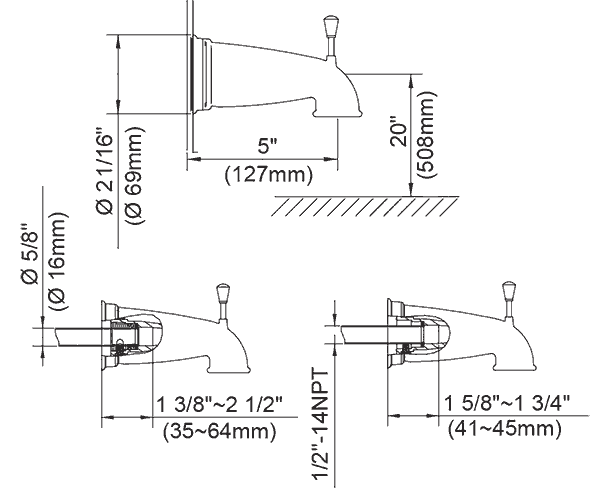








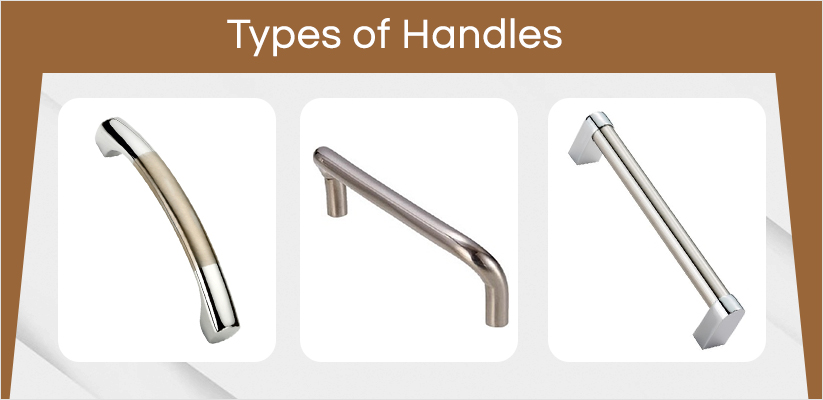









:max_bytes(150000):strip_icc()/windows-8-clean-install-09-580712225f9b5805c20bf2d3.png)



:quality(80):no_upscale()/http://b.domainstatic.com.au.s3-website-ap-southeast-2.amazonaws.com/14203877_1_1_200918_063502-w1200-h1600)












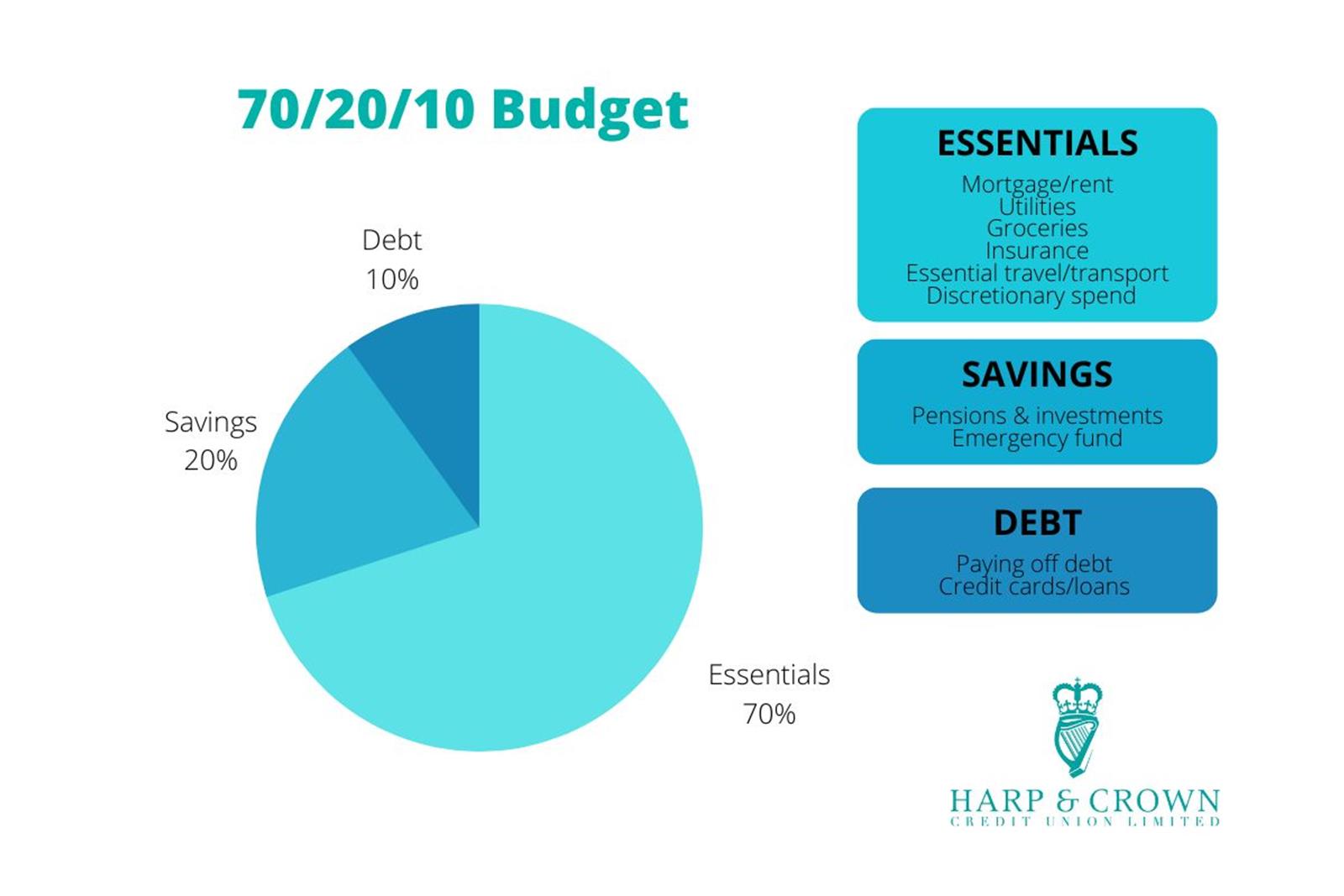

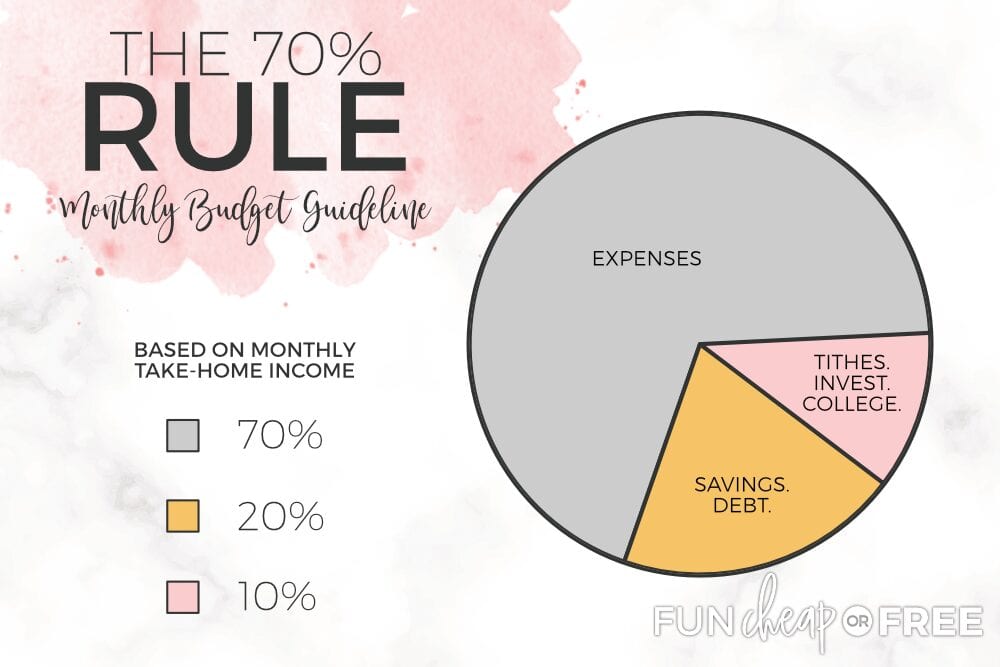





/choose-dining-room-rug-1391112-hero-4206622634654a6287cc0aff928c1fa1.jpg)




